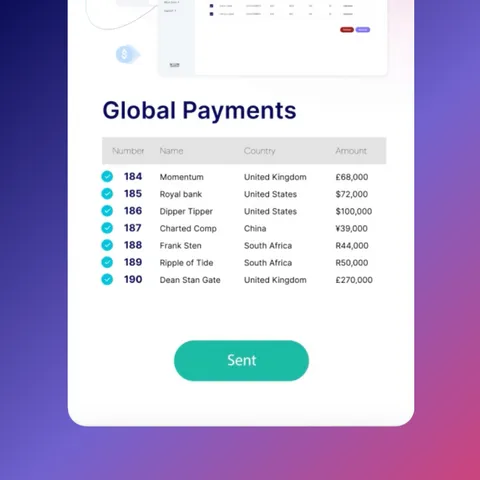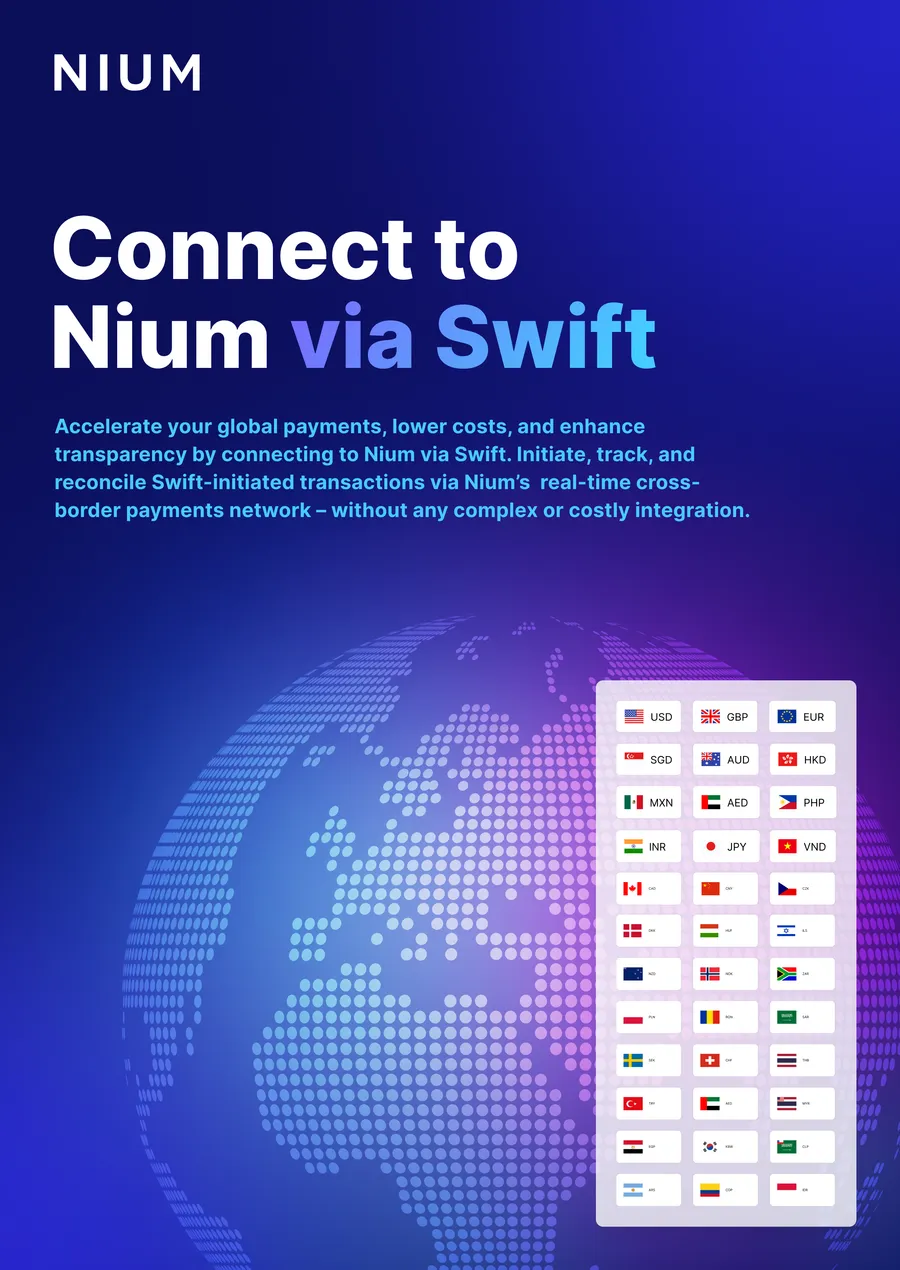The shape of work is changing rapidly as new opportunities for direct, gig, and freelance careers arise. Additionally, organizations have discovered that they do not need to employ all their employees in one place: remote workers can be productive with just a few people, local or international, depending on what’s needed. According to a survey of U.S. companies by The Conference Board, 36% are willing to hire completely remote workers in the U.S or internationally, compared to 12% prior to the pandemic.
Four key trends have emerged in the talent and gig economy space.
1. Businesses consider different types of talent to hire, and talent marketplaces emerge. As new gig economy payments platforms have emerged, employers have begun to assess different types of “on-demand talent” to better understand how different classifications can benefit their business.

As businesses get smarter and more strategic in their use of talent categories, so do the workers. Some on-demand talent choose to supplement a consistent income by taking additional gig or freelance work, while others may assemble their income by doing jobs for more than one business, sometimes through a freelance talent marketplace. There are more options for all parties involved, broadening the possibilities while also increasing the competition.
2. Payment choice is an important differentiator. As more people around the world adopt freelance, contract, and gig work–and as marketplaces mature–businesses will broaden considerations before selecting a marketplace to facilitate contractors and freelancers, including information about fees, currencies, timing, methods, and security of payments. According to PYMNTS.com, 73% of independent contractors are prepared to leave their freelancer marketplaces for better payment experiences, highlighting a need for continued evolution and for marketplaces and employers to consider payment experiences as an opportunity to differentiate, attract and maintain top talent. To serve the needs of gig and freelance workers in different countries–including those who are unbanked– access to a range of payment options is still key, from direct account payments to wallets to virtual debit cards.
3. Real-time payments are valued. Faster payments attract more workers and retain them longer with a superior experience. Even the overall quality of work may improve from such measures – most gig workers say they would perform better if they were paid faster. Because of the financial pressures that many gig workers are under, on-demand payments, arriving in or near real-time, are increasingly a need rather than an expectation.
4. Worker rights are evolving. The gig economy is developing rapidly, and so are the employment regulations that cover this new kind of work. That complicates payment terms from one territory to another, and it is vital to keep on top of the latest changes. As the definition of gig workers (and their employment rights) change, platforms will increasingly need to transfer money and benefits in real-time to align with the preferences of their workers.
To differentiate in a competitive global market, it’s a necessity for businesses to move money in real-time along a wide range of payment corridors – effectively balancing global reach with local preferences. With different legal and regulatory requirements in each country, high processing costs, and legacy payment systems that do not integrate, making gig economy payments across international borders can be a frustrating and slow process.
A reliable solution to this obstacle is partnering with a B2B payment platform provider that specializes in cross-border gig economy payments and internationally integrated payment corridors that connect to local payment infrastructure and in turn, provide an advantage for businesses.
To learn out more about how gig platforms can succeed in a changing world, download the eBook: Paying It Forward: The Future of Payments in the Gig Economy, or get in touch with a Nium payments expert for a personalized consultation.





.png@webp)



.png@webp)
.png@webp)




